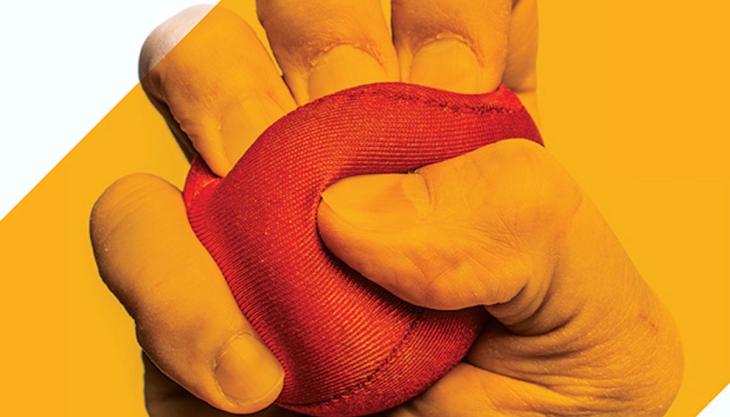How to beat stress and keep the mind healthy

British Safety Council launches well-being videos with exercises and advice to help beat stress
IN Mental Health Awareness Week (13–19 May), it is still true to say that mental health is considered the poor relation of physical health, and too many people are suffering in silence while at work.
The British Safety Council is urging employers to make changes in the workplace that address mental well-being and is offering employees practical tools to help them deal with stress and anxiety at work.
The charity is launching three videos to coincide with Mental Health Awareness Week. They are based on tried-and-tested well-being techniques and exercises that encourage staff to relax in order to alleviate racing thoughts associated with stress and anxiety. They also encourage physical activity at work.
Matthew Holder, head of campaigns at the British Safety Council, said: ‘Emotional resilience is important because it improves effectiveness at work. However, it also helps people gain greater immunity from certain illnesses. By making these exercises part of their daily routine, employees should be able to improve their well-being and resilience to stress.’
A breathing exercise aims to control stress and anxiety with the help of breathing, by slowing the overall activity of the brain and relaxing both the mind and the body.
A visualisation exercise is intended to release tension and improve concentration. Visualization exercises combined with deep breathing are proven to reduce stress and relax the body, giving the person a moment of peace in the hectic work environment.
Chair exercises include shoulder, leg, feet and stomach exercises for relaxing various parts of the body that stiffen and ache in workers who spend long periods of time at their desks. The modern sedentary lifestyle is responsible for an increased risk of diabetes, heart disease and a loss of muscle and bone strength.
Mr Holder continued: ‘The British Safety Council’s well-being videos are intended as a practical resource to help employees look after their well-being and deal with the pressures of everyday working life. We hope that they will become a part of the lunchtime routine, accessed in bite-size chunks and used when required.
‘Workers’ well-being is a shared responsibility between employers and employees and a true reflection of organizational culture. For workers to practice well-being and mindfulness at work, they must be supported by their organizations, their senior leadership and by line managers.
‘Our videos feature simple well-being exercises, which do not require any infrastructure investment from employers. However, workers’ ability to use them in the workplace is likely to be proof of employers’ commitment to their workers’ health and well-being.’









